A Wood Identification Puzzle
No solid answers for this mixed selection of antique boards, but an interesting lesson from the Wood Doctor on the step-by-step method of identifying wood based on end grain. January 12, 2015
Question (WOODWEB Member) :
I have some reclaimed lumber thatís going to be a tabletop, and I'd like some help identifying it so I know how to best work it, glue and finish it (and what to tell the customer). Any suggestions are greatly appreciated.
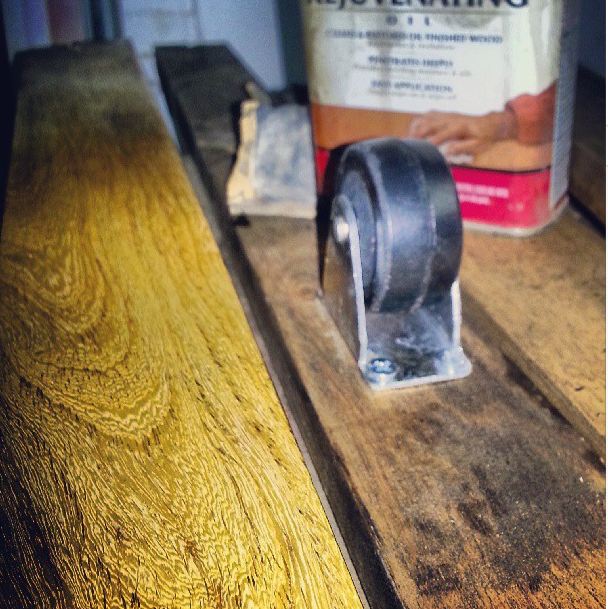
Click here for higher quality, full size image
Forum Responses
(Sawing and Drying Forum)
From Contributor S:
Chestnut.
From contributor J:
It's pretty hard to tell from that photo. It looks yellowish/green to me. If it is and it's unusually heavy it could be osage or black locust. If it's not so heavy it could possibly be mulberry. A little more info would help.
From the original questioner:
Thanks for your help guys. I have some updated pics in natural light and endgrain. I'm thinking chestnut too now. I sanded down another darker board this morning and itís less yellow and more light cinnamon brown in color (no pic). What wood species is this?
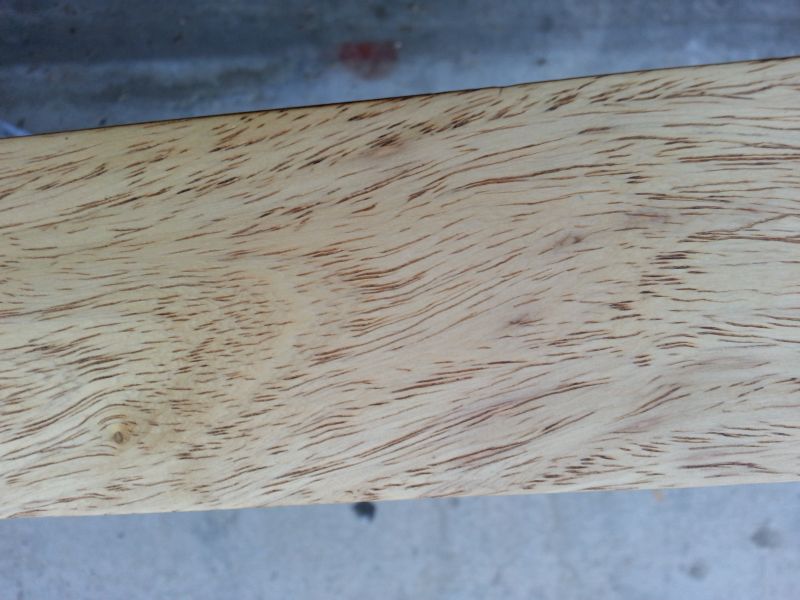
Click here for higher quality, full size image
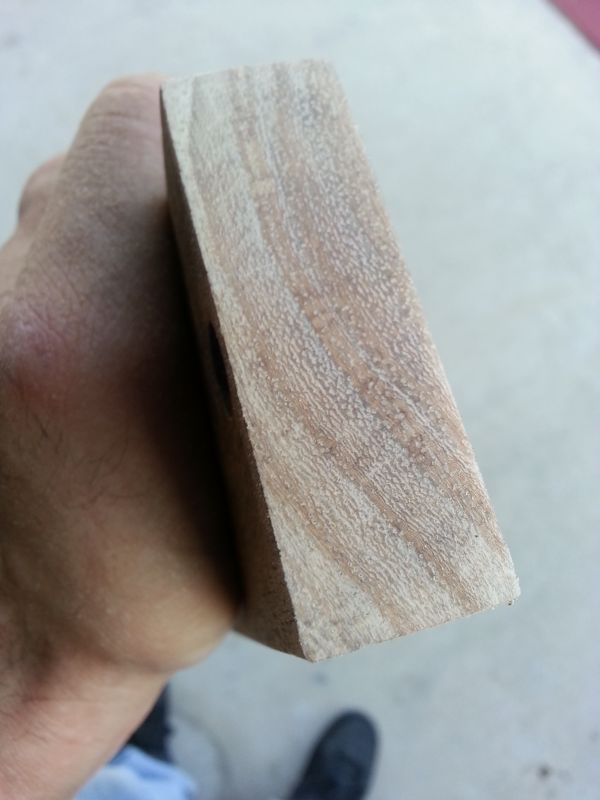
Click here for higher quality, full size image
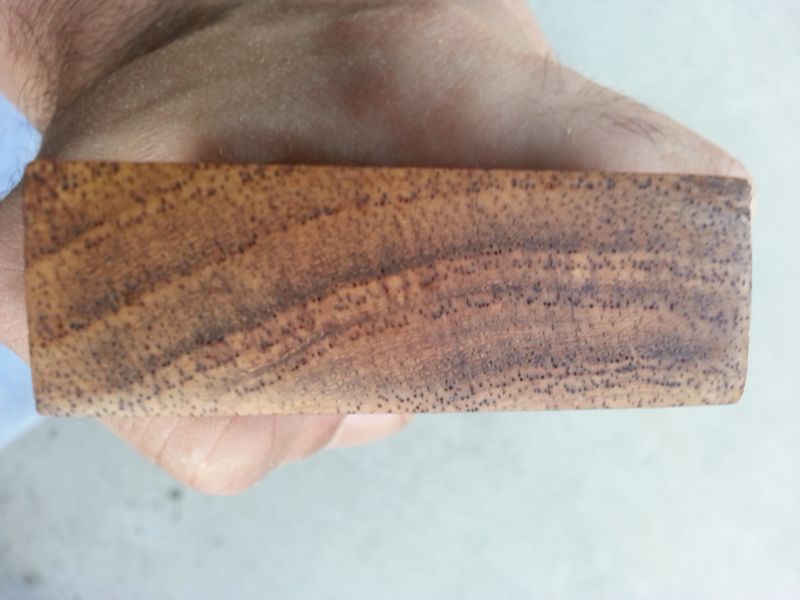
Click here for higher quality, full size image
From Gene Wengert, forum technical advisor:
Honey locust.
From contributor G:
What was the lumber salvaged from?
From the original questioner:
I can't say what it once was, but here is a pic of the boards laying side by side with the casters up - possibly from a bed frame. What's interesting to me is I've never seen such grain before. The second board from the left has the sanded and oiled section as you can see.
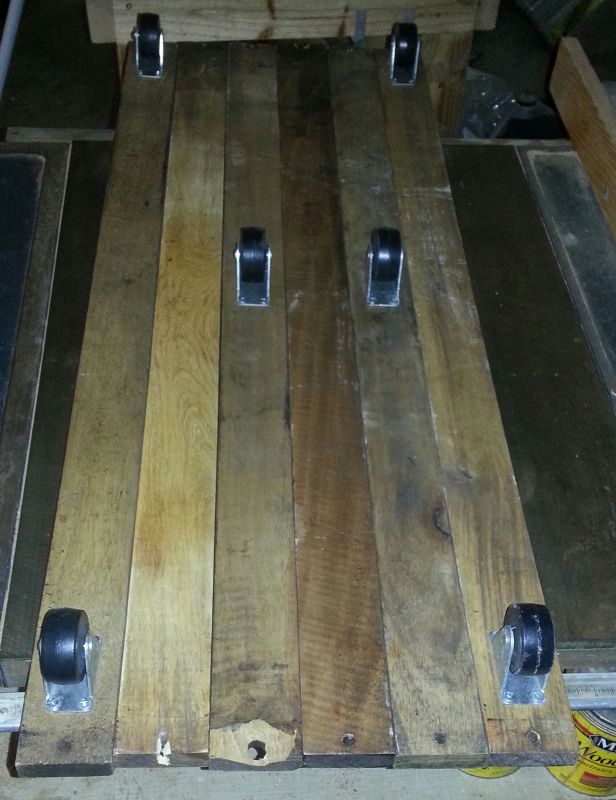
Click here for higher quality, full size image
From contributor G:
The reason I asked what it was salvaged from is because, to me, it looks like an imported species. I thought maybe it was salvaged from a pallet.
From contributor Z:
I think you have several different species of wood there.
From the original questioner:
You may be right about there being different species here. If you count them as boards one-six from left to right, boards two and six look to be the same species. Boards one and five are the same. Iím not sure about boards three and four. Here's a clearer end-grain pic. I'm going to sand them down when I get the chance and we shall see whatís what.
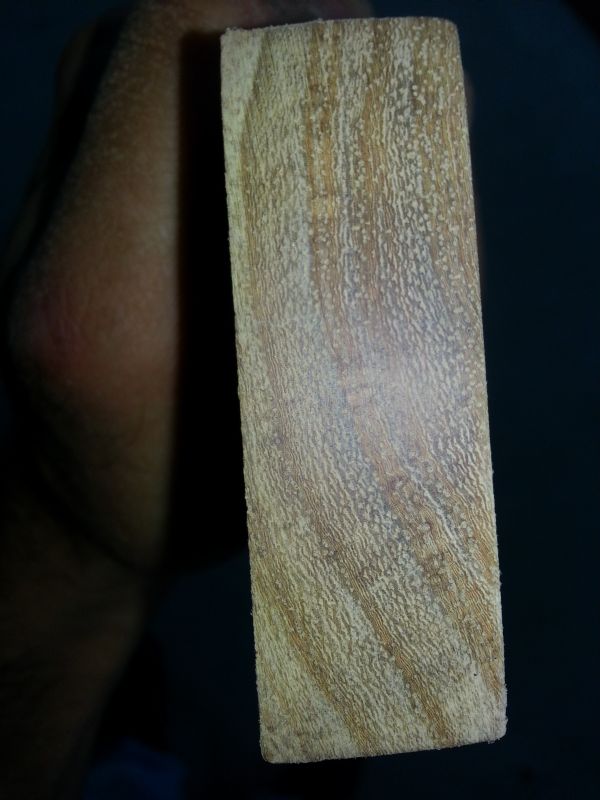
Click here for higher quality, full size image
From Contributor J:
How can anyone positively identify an uncommon species of wood from a photo? I often have a hard time when I'm holding it right in my hand. I do have a shoebox full of veneer samples which sometimes helps but other times just perplexes me more. There are just too many variables. I suppose a laboratory could provide a positive ID, but does that help? Now I know exactly the cellular, fibrosis-mitosis, but what I really need is a "look-alike board".
So now I proceed to the nearest quality hardwood lumber yard with the old (unfinished and scraped) board in hand. Then I stack it right next to the closest, possible match and buy that board. To me this wood photo looks like elm with a clear finish. I do have 49 other samples though. "Suppose you look at them while I get back to work." That's as far as my customer-relations skill goes.
From Gene Wengert, forum technical advisor:
How to identify wood - a quick lesson. In the last photo, for example, one can see that the wood is ring porous with the cells occluded and also have latewood pores that are small and that are connected by latewood parenchyma on wavy bands. So, this means a hardwood species. The occlusions mean mulberry, Osage orange, black locust and white oak. The banded latewood then means there is only one that satisfies this description which is Osage orange. So, with such nice end grain photos, the ID is fairly easy.
From the original questioner:
So I sanded down another board from the lot, and itís pretty obvious that itís two different species here.
One guess is Luan:
Scientific Name: Shorea obtusa
Family: Dipterocarps (Dipterocarpaceae)
Tradenames: Badu Meranti, Nanyang beech (Chinese name), Selangan batu (Indonesia, Sabah, Sarawak), Bangkirai (Indonesia), Balau (Malaysia, Indonesia), Yakal (Philippines).
It has many names. This is a possible candidate I think. Here are the side-by-side images. Thanks Gene, I wrote this up before reading your post. Any ideas for the one on the left?

Click here for higher quality, full size image
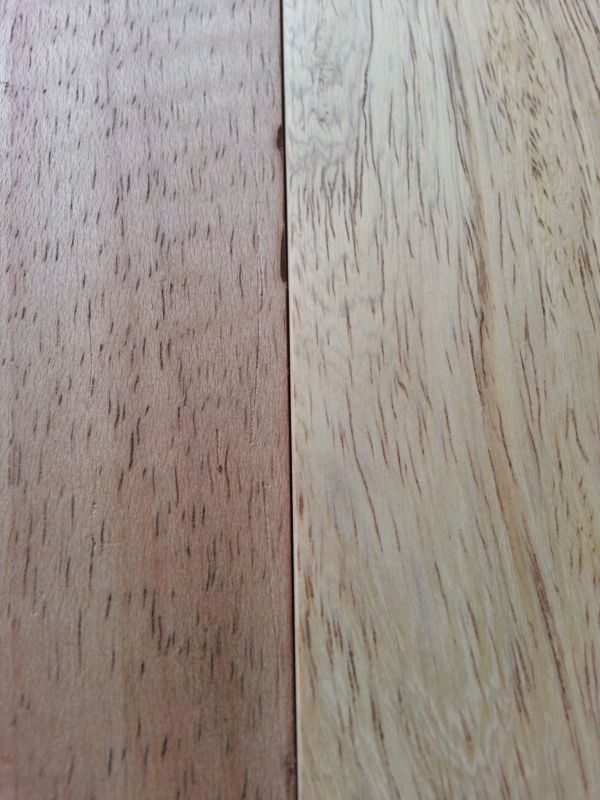
Click here for higher quality, full size image
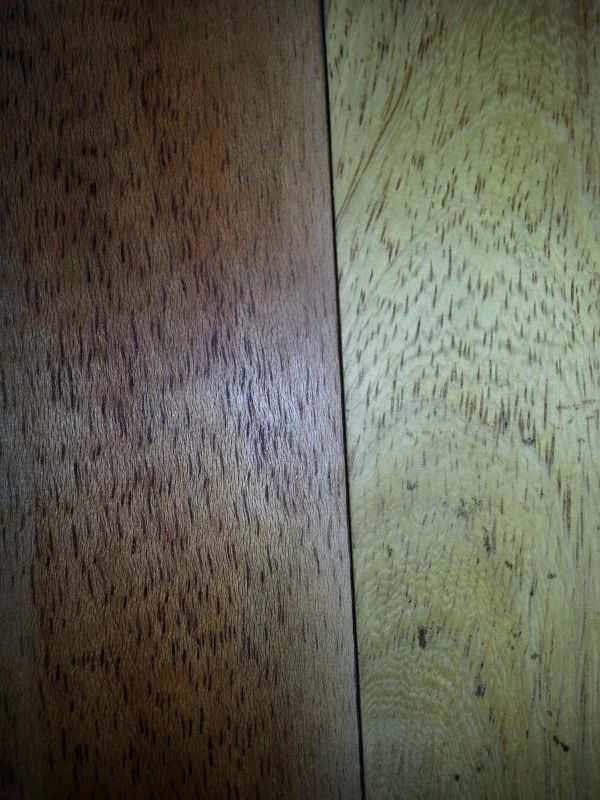
Click here for higher quality, full size image
From the original questioner:
I have an updated photo from another board from that lot, and it has some bright orange figuring (ala mulberry or osage orange). I decided itís less important to know what species it is, and to spend more time working the actual wood into something beautiful and useful.
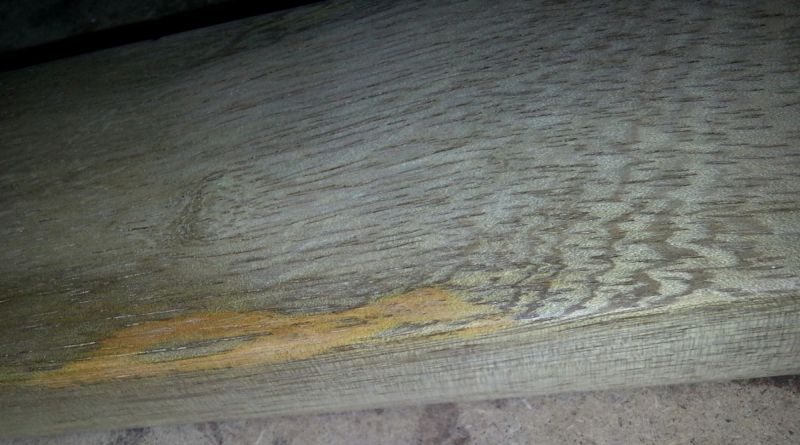
Click here for higher quality, full size image









